Codeine Addiction Treatment & Rehab
Written by Renee Deveney
& Medically Reviewed by Maureen McNulty
Medically Reviewed
Up to Date
Updated 07/05/2023
People who misuse codeine can become free from a substance use disorder by trying a combination of treatments like medication, individual counseling and group therapy.
Codeine, like other opioids, is extremely addictive. Many people begin using codeine to help with pain or relieve cough and then find out that they can’t stop using it. This is because codeine produces a lot of feel-good effects in a person’s body, and as a person takes more of it, their body becomes physically dependent on its presence.
When someone tries to stop using codeine after becoming dependent on it, they will likely go through withdrawal and be tempted to use again. Luckily, there are many treatment options, such as codeine rehab, that can help people move past the detox stage and learn how to stop using codeine.
Opioid Abuse in Florida
There is an opioid epidemic in Florida, just as there is in the rest of the country. In 2016, the state had an opioid prescription rate of 62.8 per 100 people. Although doctors now know more about the addictive effects of opioids and are prescribing them less often, opioid abuse in Florida is still on the rise and the number of deaths caused by opioids is increasing.
In 2017, there were 6,178 opioid-related deaths in Florida, which was an 8% increase from the prior year. In fact, Florida led the nation in opioid overdose deaths that year. Overall, the life expectancy rate in the United States has declined in recent years because of increasing rates of opioid overdose.
Codeine Addiction Treatment Options
The good news is that there are many effective opioid addiction treatment options available to people who are struggling. The type of therapy that is best for an individual depends on many factors, such as the severity of the addiction and whether the person is also dealing with other health problems. Some codeine addiction treatment options include:
Medical Detox
The first step to recovery is getting codeine out of your system. Medications such as lofexidine or buprenorphine are often part of medical detox for opiates because they can lessen withdrawal symptoms. They bind to the same sites in your brain cells as opioids. Medication-assisted codeine detox is overseen by medical specialists because prescriptions are required for these drugs and immediate treatment should be provided if adverse reactions occur.
Inpatient Treatment
Residential rehab can be very helpful for people with a severe substance use disorder. Patients live at a facility or within a community and receive counseling and medical treatment 24-hours a day from specialists. Inpatient rehab may also be helpful for people who are also dealing with other mental or physical disorders.
Outpatient Treatment
Outpatient rehab means the patient may live at home or in a facility while meeting with doctors and counselors on a regular basis. It may involve individual therapy or group counseling. Outpatient treatment allows people to continue going to school or work, but may not be a good fit for people dealing with more severe addictions and co-occurring disorders.
Dual Diagnosis Treatment
Drug addiction is often accompanied by co-occurring disorders such as mood disorders, personality disorders, or eating disorders. Treatment plans should identify and provide treatment for any co-occurring disorders. People who suspect that they are dealing with anxiety, depression, or any other mental health problem should seek out a treatment facility that offers dual diagnosis rehab.
Popular Treatment Methods
What types of treatments do people receive when they go to rehab or receive treatment for codeine addictions? Every person is different, and different approaches will work better for different people. Some options that doctors may recommend include:
- Behavioral therapies: Counseling is one of the most common therapies for people with substance use disorders. Treatments such as cognitive behavioral therapy can help patients gain new skills, attitudes and habits that can free them from drug use.
- Medication: In addition to drugs that help with medical detox, doctors may prescribe drugs such as methadone or naltrexone to help reduce opiate cravings. If patients started taking codeine to alleviate pain, they may also be prescribed other non-addictive painkillers.
- Individualized therapy: Meeting with a counselor one-on-one can help patients address the specific behaviors, situations, habits and environments that contribute to their drug use.
- Group therapy: Some patients meet in groups in order to address their substance use disorders. Group therapy for drug addiction can help people learn from and support each other throughout the recovery process.
The types of treatment a patient receives may change over time based on their individual needs. For example, a patient may begin with inpatient rehab and later switch to outpatient counseling or may switch medications depending on how severe their cravings are.
Importance of Codeine Rehab
Detoxing is the first step towards codeine independence in most treatment plans, but it alone does not help someone break an addiction. Additional treatment components like therapy and relapse prevention planning provide the skills needed to overcome addiction in the long term. Receiving treatment over a long period helps people who previously used codeine remain on the road to recovery.
Length of Treatment
Codeine addiction treatment is not an overnight process. It involves building new skill sets and finding and developing support networks. Getting better can take time, but participating in different treatments can help people beat their addictions. The detox and withdrawal phase will be mostly over within a week, but long-term aftercare is needed to prevent relapses.
How long a person remains in counseling or therapy depends on their own needs, the severity of their codeine misuse, and whether or not they have other health issues they’re trying to address. Talking to a medical specialist can help someone determine the length of a treatment plan that works for them.
Rehab Success Rates
The first step towards a successful recovery is being willing to receive help. Data from 2015 shows that only 10.8% of people who needed treatment for an illicit drug or alcohol problem received help.
Going through treatment is difficult and so is remaining sober. As many as 80% of people who go through substance abuse rehab return to substance use, or relapse, within six months. However, there are ways people can increase their chances of success. For example, the withdrawal period is a vulnerable time for potential relapse. Going through medically-assisted detox can help lessen withdrawal symptoms and manage cravings, making this process more manageable.
Additionally, adults who relapse often do so because they have trouble dealing with cravings and negative emotions. Participating in a good aftercare program can help people manage cravings, and going to therapy can teach people how to deal with negative thoughts and feelings in a healthier way.
Codeine Rehab Aftercare Programs
Life after drug rehab will probably look different than it did before starting treatment. People who struggle with addiction need to make sure they don’t slip back into old habits, and drug rehab aftercare programs can help with this.
Drug addiction recovery requires thinking about your life, habits, and environment in different ways. For example, a person may experience environmental withdrawal, where they find themselves wanting to use again while in certain places, or behavioral withdrawal, where certain situations (such as getting into an argument or feeling stressed out) might make them want to return to drug use as a familiar coping mechanism. Aftercare programs teach people how to use the skills they learned in rehab, build supportive networks and learn how to manage cravings.
How Much Does Rehab Cost?
Because there are so many different options for opioid rehab, the cost is going to be different for each patient depending on which treatments they receive. For example, inpatient codeine rehab is typically more expensive than outpatient care. People struggling with codeine addiction should contact a treatment center to first determine the level of care needed and the options available. This will determine the cost of an opioid rehab and treatment plan that meets their specific needs.
Does Insurance Cover Rehab?
The Affordable Care Act has provided patients with additional coverage for substance abuse treatments. All Marketplace health insurance plans now cover treatment for substance use disorder and mental health disorders. Since this law was passed in 2010, some other insurance providers such as state Medicare plans have also increased their coverage for addiction treatment.
People wondering if their insurance covers rehab can contact their insurance companies to determine levels of coverage for different services. You can also contact the rehab center directly to find out whether that facility accepts their insurance plan. The Recovery Village Palm Beach at Baptist Health offers online insurance verification to check your insurance benefits instantly.
It is also possible to pay for drug rehab without insurance. Some treatment facilities may offer rehab payment options, such as private pay rates or payment plans.
Finding Codeine Addiction Treatment
Opioid addiction has become a serious epidemic in the United States. If you are struggling to stop using codeine, you are not alone.
Recovery is achievable. In order for substance abuse treatment to be most effective, it should encompass several facets of addiction treatment and recovery planning, including safe medical detox, therapy to address habits and behaviors related to drug use, and treatment for any co-occurring disorders.
The medical professionals at The Recovery Village Palm Beach at Baptist Health provide a wide variety of treatment options depending on your needs. We offer inpatient and outpatient services, medication-assisted treatment, dual diagnosis and family programs. Call us to learn more about codeine dependence treatment options that will help you put addiction behind you.
View Sources
Andrews, Christina M.; Grogan, Colleen M.; Smith, Bikki Tran; Abraham, Amanda J.; et al. “Medicaid Benefits For Addiction Treatment Expanded After Implementation of the Affordable Care Act.” Health Affairs, August 2018. Accessed August 8, 2019.
Gowing, Linda; Ali, Robert; White, Jason M.; Mbewe, Dalitso. “Buprenorphine for managing opioid withdrawal.” Cochrane Database of Systematic Reviews, February 2017. Accessed August 7, 2019.
Healthcare.gov. “Mental health and substance abuse coverage.” Accessed August 8, 2019.
Henry J. Kaiser Family Foundation. “Opioid Overdose Deaths by Type of Opioid.” January 10, 2019. Accessed August 9, 2019.
National Institute on Drug Abuse. “Effective Treatments for Opioid Addiction.” November 2016. Accessed August 8, 2019.
National Institute on Drug Abuse. “Treatment Approaches for Drug Addiction.” Revised January 2019. Accessed August 7, 2019.
Piper, Megan E. “Withdrawal: Expanding a Key Addiction Construct.” Nicotine & Tobacco Research, December 2015. Accessed August 7, 2019.
Ramo, Danielle E.; Brown, Sandra A. “Classes of substance abuse relapse situations: A comparison of adolescents and adults.” Psychology of Addictive Behaviors, September 2008. Accessed August 8, 2019.
Lipari, Rachel; Park-Lee, Eunice and Van Horn, Struther. “America’s Need for and Receipt of Substance Use Treatment in 2015.” The CBHSQ Report, September 29, 2016. Accessed August 21, 2019.
Authorship



